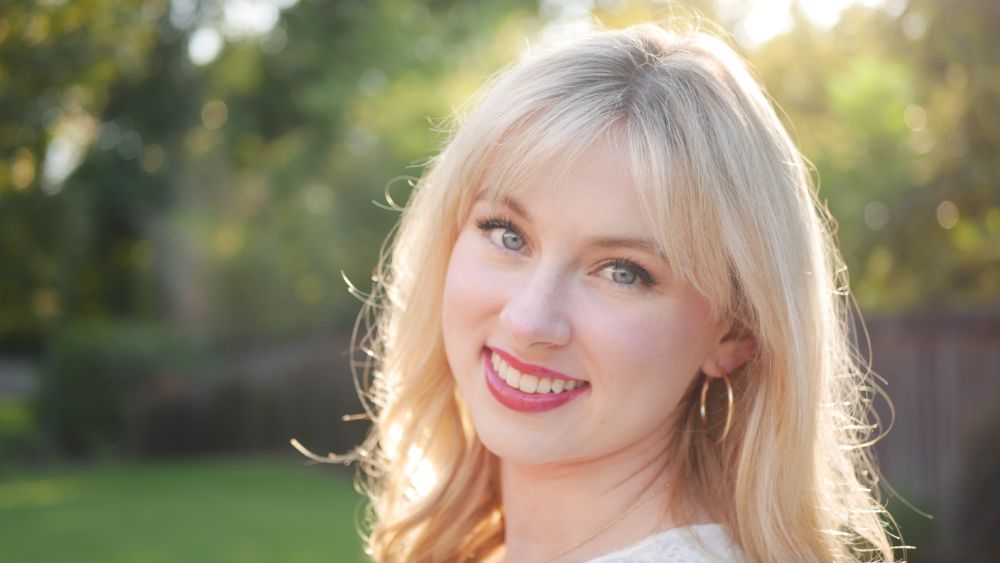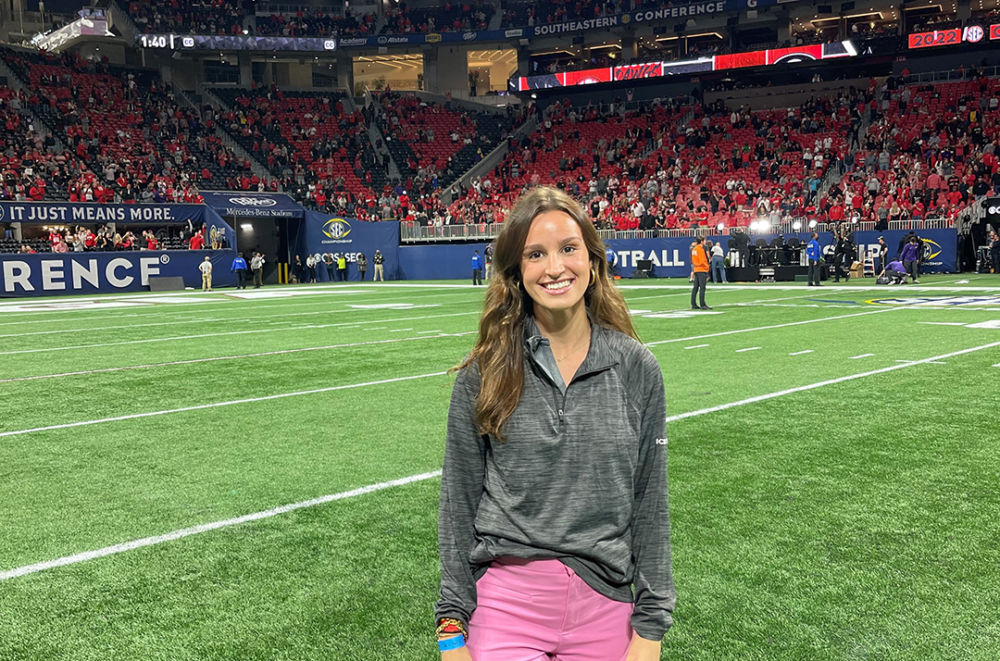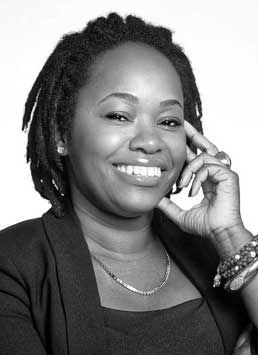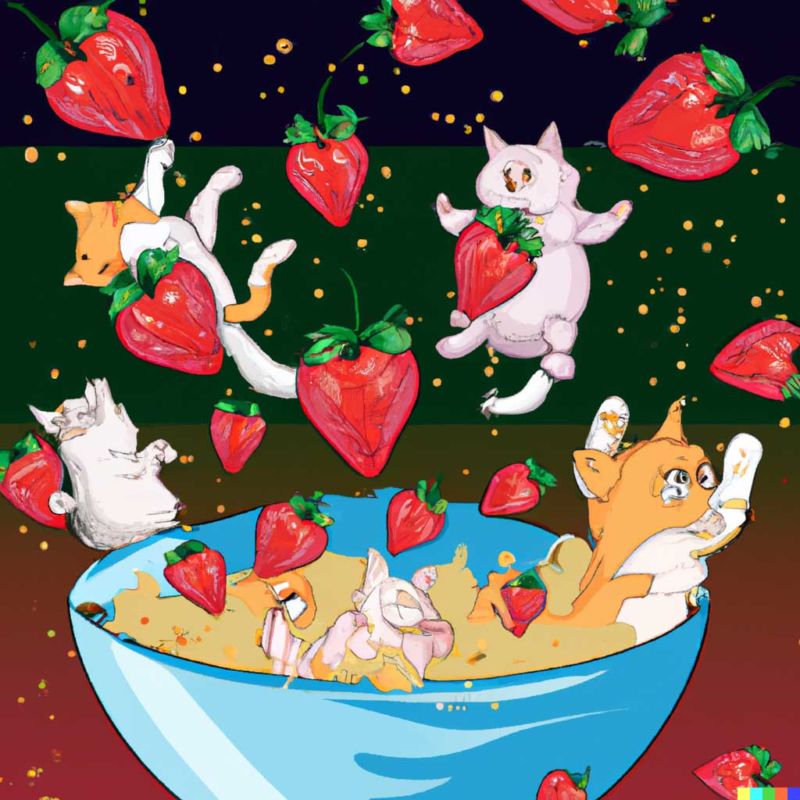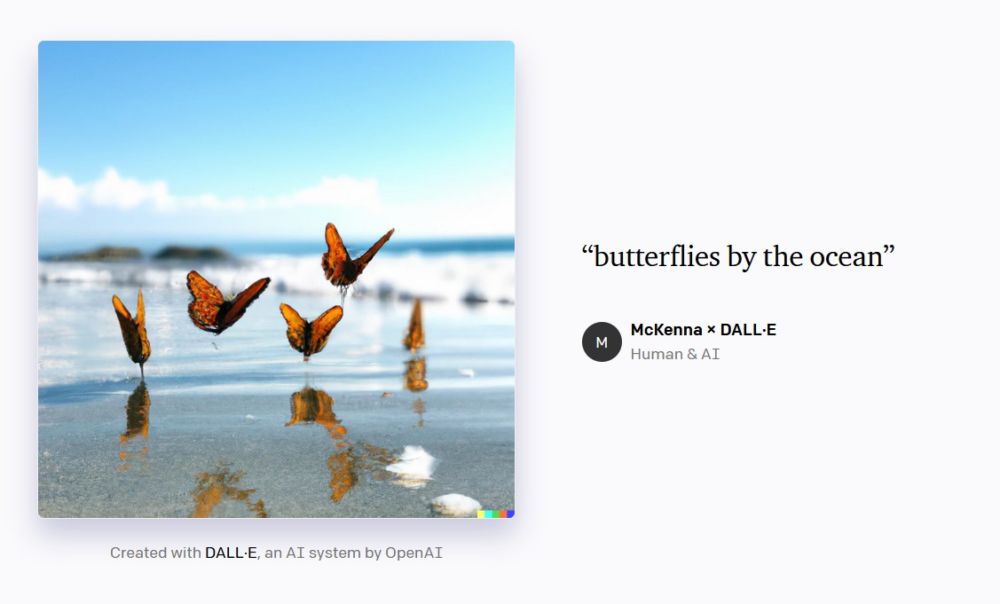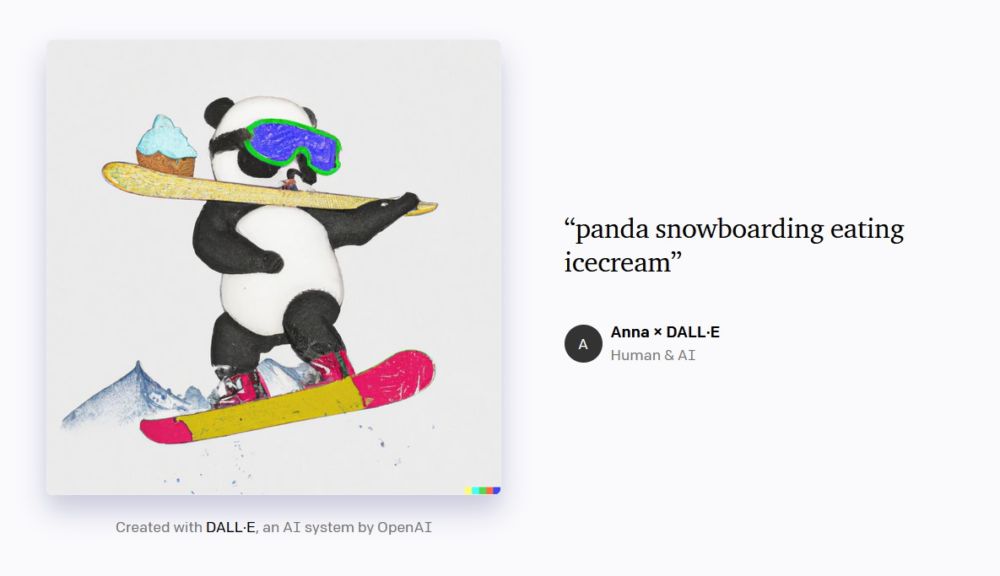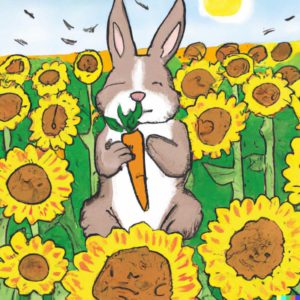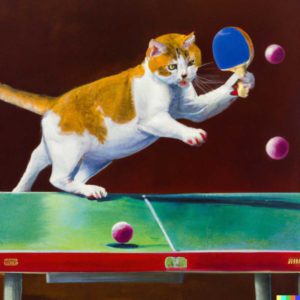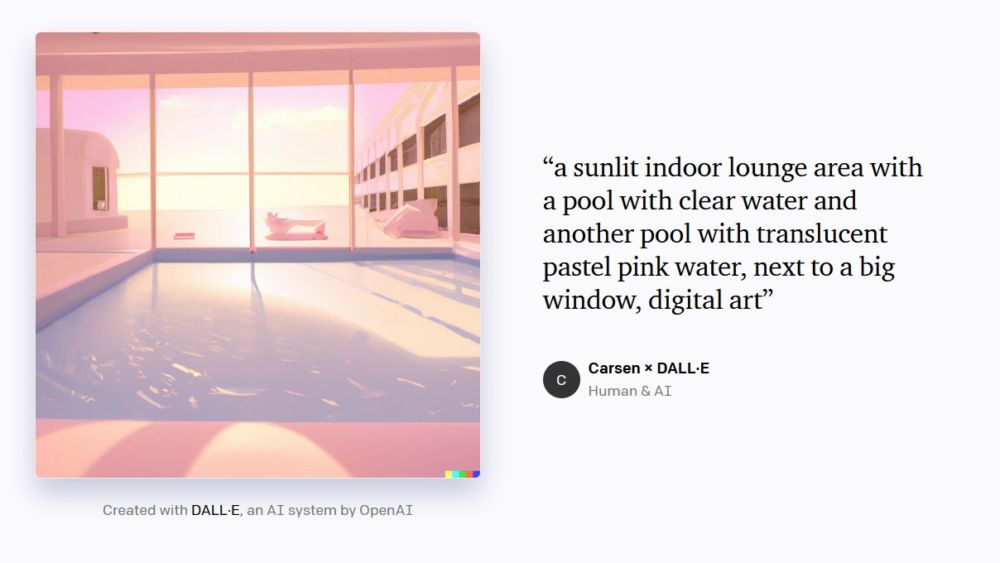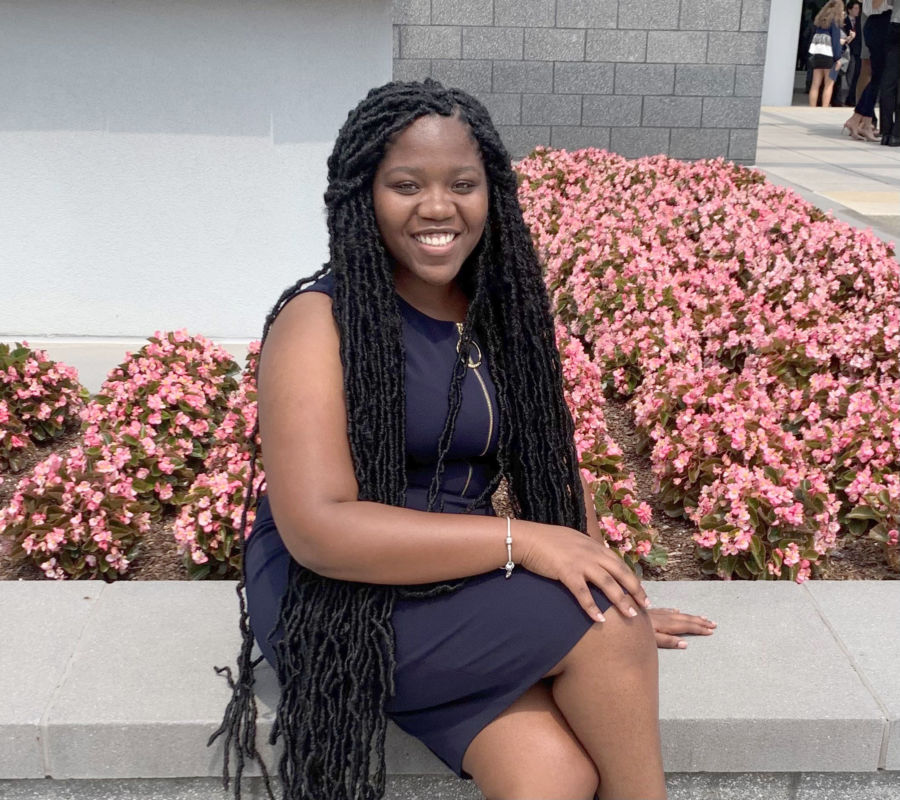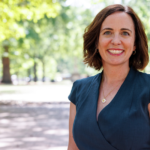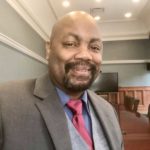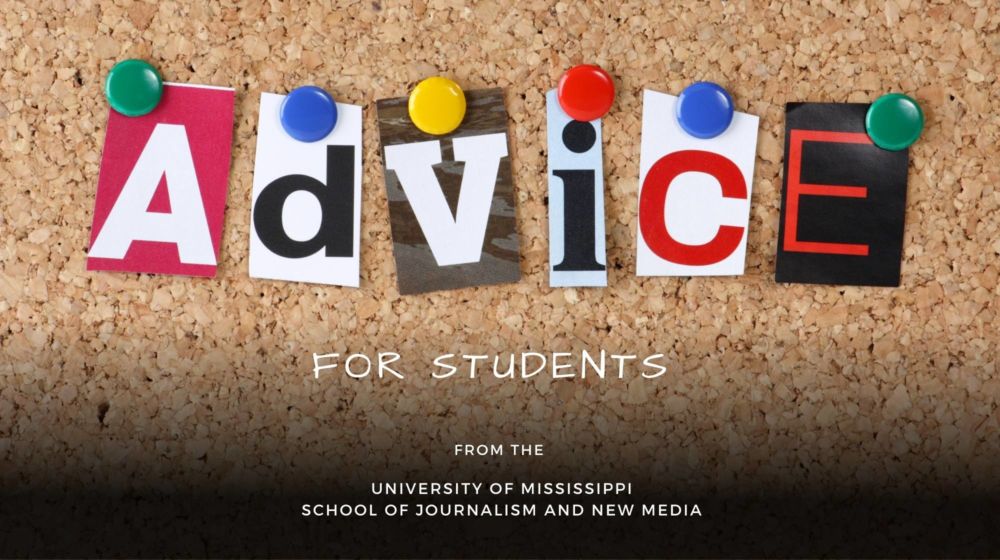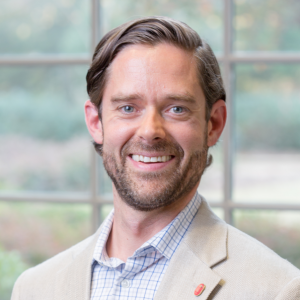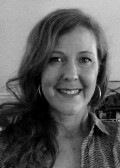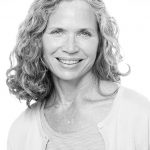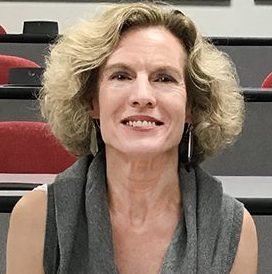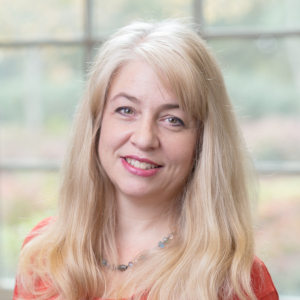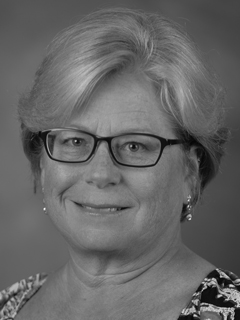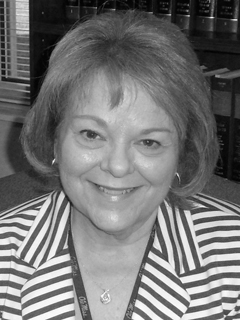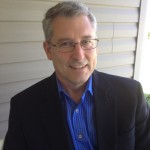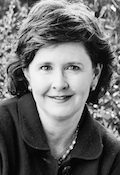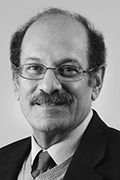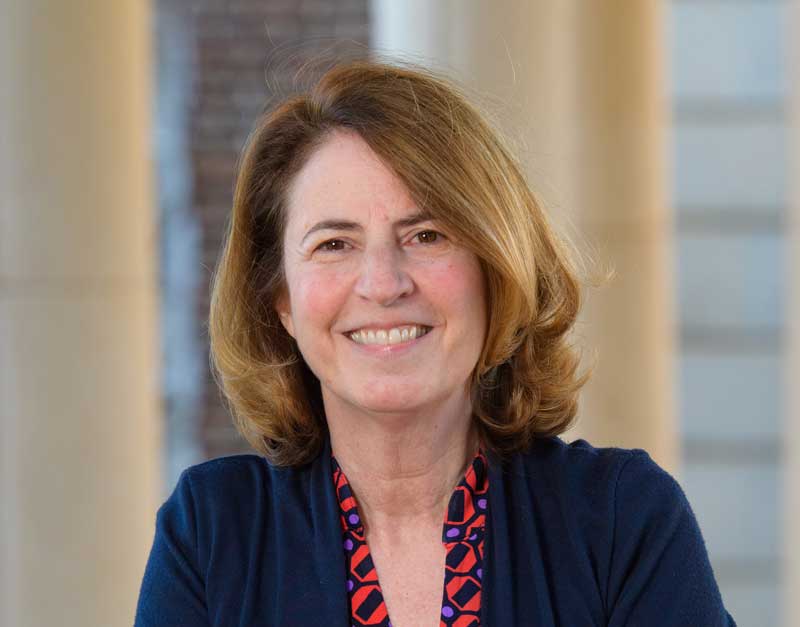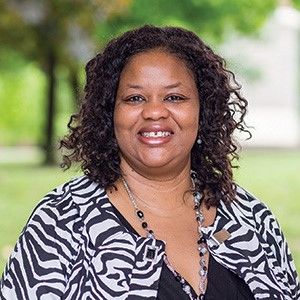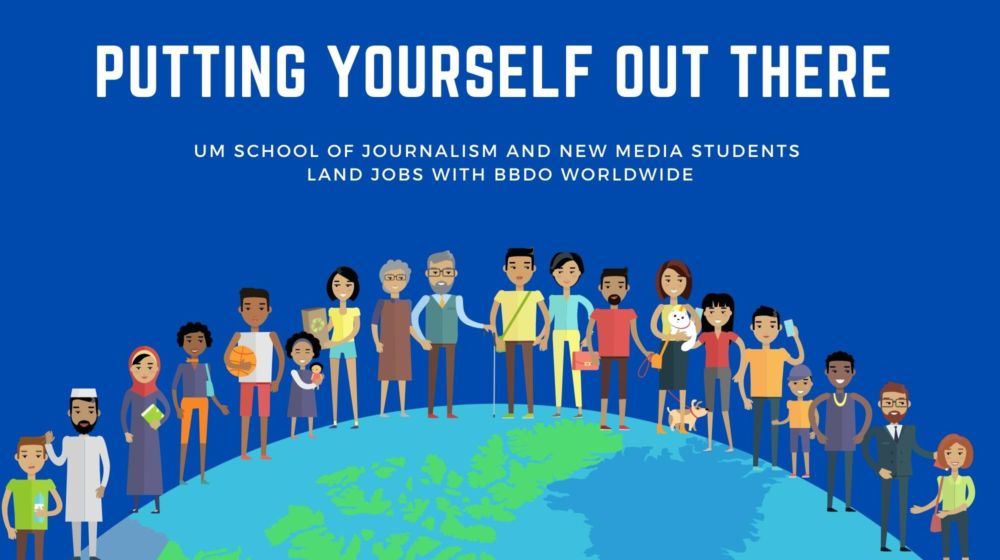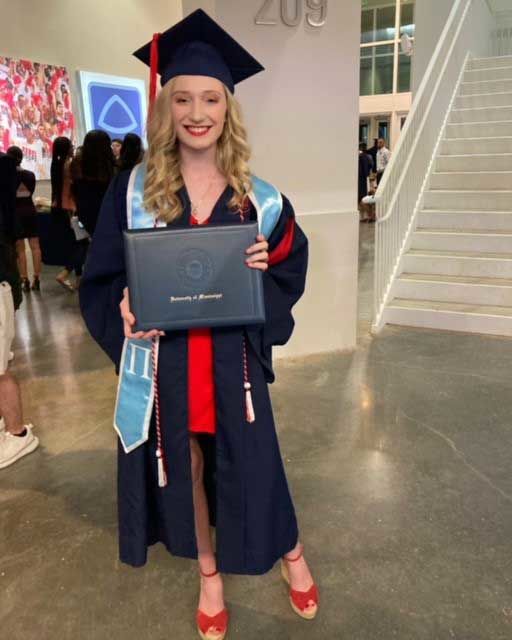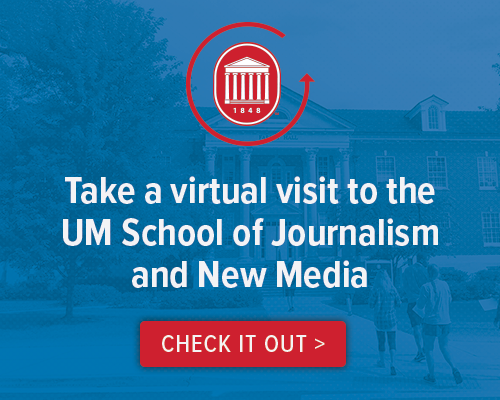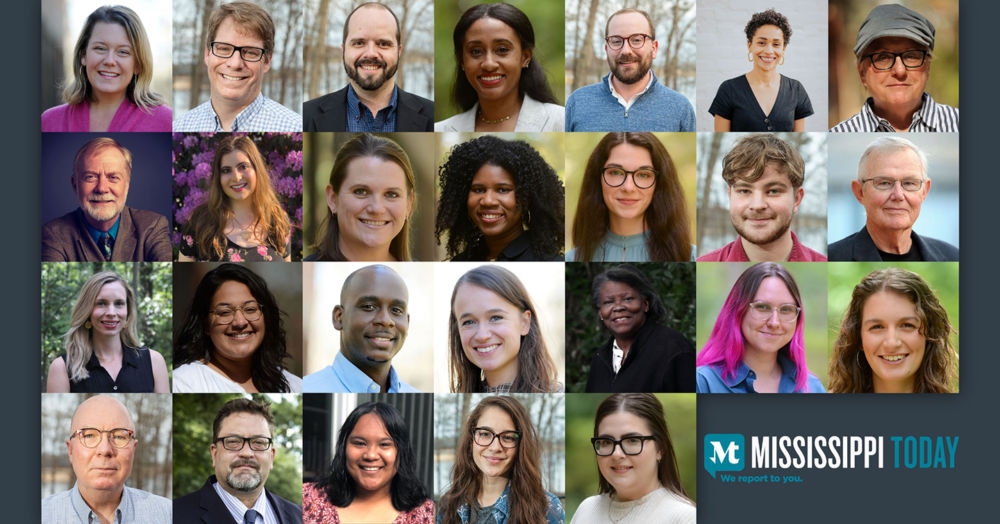
Headshots of the Mississippi Today staff.
It’s the first time in history a news organization has won the University of Mississippi School of Journalism and New Media’s prestigious Silver Em award.
Mississippi Today will receive the honor during the annual ceremony Wednesday, April 12, at 6 p.m. in the ballroom at the Inn at Ole Miss.
Adam Ganucheau, editor-in-chief of Mississippi Today, said he is proud that Mississippi’s largest newsroom was named a Silver Em winner.
“We are very familiar with the prestigious Silver Em award and know full well that it is given to Mississippi journalists with exceptional journalistic contributions to the state or nation,” he said. “We’re immensely proud our organization is now among that number. The UM journalism school has such a rich history of producing impactful journalists and journalism, and we’re proud to carry on that legacy in our home state.”
Several Mississippi Today staff members are UM graduates, including Ganucheau and three more of the site’s top leaders: Mary Margaret White, CEO; Kayleigh Skinner, managing editor; and Lauchlin Fields, audience development director.
Other alumni include Devna Bose, health reporter; Julia James, education reporter; and Bethany Atkinson, community manager.
Ganucheau said the Mississippi Today team aims to make everyday Mississippians their reporting focus and to show that powerful leaders and systems either serve or don’t serve the people.
“Since our launch in 2016, we’ve built a loyal following of readers who trust us to call it like we see it in the halls of state government,” Ganucheau said, “and some of our more recent investigative and accountability work, in particular, is among our proudest.
“We continue to deploy a full staff of reporters to the Mississippi State Capitol every single day for the state’s deepest watchdog journalism of the Mississippi Legislature, and we cover a wide range of beats touching every corner of state government.”
Debora Wenger, associate dean and professor, said the school is proud to honor Mississippi Today.
“It is only fitting that our school, which is focused on instilling journalistic excellence in our students, has the opportunity to recognize one of the most innovative and high-quality news sites in the country,” she said. “The fact that Mississippi Today is producing journalism in service to our state just adds to the pleasure we take in honoring these fine reporters and editors.”
Ganucheau said his staff also loves writing positive stories of Mississippi, including sports and broader cultural stories that show off the breadth of talent and creativity of the state.
“But lately, we’re especially proud of our investigation and close coverage of the sprawling Mississippi welfare scandal,” he said. “Mississippi Today poverty and investigative reporter Anna Wolfe revealed in our ‘The Backchannel’ investigation former Gov. Phil Bryant’s role in a sprawling welfare scandal. Each part of series delved further into Bryant’s previously unreported influence over the misspending of at least $77 million in federal funds intended to assist nearly 588,000 of the state’s poorest residents.”
Wolfe’s work on “The Backchannel” series won the 2023 Goldsmith Prize for Investigative Reporting, which is considered among the most prestigious national investigative journalism awards.
Other finalists for the award were The New York Times, The Associated Press, Reuters, National Public Radio, and The Philadelphia Inquirer.
“We always strive to use our public service platform to the state’s advantage, offering our work completely for free to readers and to any Mississippi news outlet that would like to republish it,” Ganucheau said. “We see our role as helping bolster the state’s journalism outlets, not competing with them, and we firmly believe that the more sunshine that can be shed on our state’s leaders, the better.”
The Silver Em awards date to 1958, and recipients must be Mississippians with notable journalism careers or journalists with notable careers in Mississippi.
This story was written by LaReeca Rucker.
